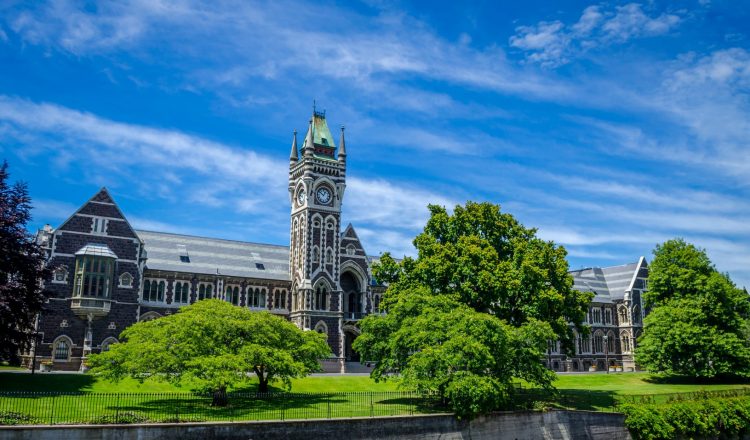Universities are being urged to help returning foreign students pay for their two-week stint in isolation hotels.
In a first small step towards re-opening the border to the lucrative industry, 250 Masters or PhD students will be allowed into the country from next month.
The move had been touted back in June, to help support the $5 billion industry.
But for each of the students the plane ticket here also comes with a $3000 bill for their compulsory stay in an isolation hotel.
“It is definitely going to be a barrier financially, a lot of international students have had their circumstances change,” New Zealand International Students’ Association president Sabrina Alhady said.
She saw it as an opportunity for the universities to lend a financial hand.
“It would be a really good investment if institutions can consider bearing some of that cost and following up on a cost-sharing model, so that international students coming back in have that financial pressure alleviated.
“A lot of them will all have to pay for flights to get into the country, which will be undoubtedly exorbitant and we want to make sure students are being supported by institutions.”
The universities have indicated they were prepared to consider some help but won’t make any decision until the end of the week.
Allowing 250 foreign students back into New Zealand is a drop in the bucket compared to the nearly 30,000 studying here last year, before Covid-19.
Universities New Zealand chief executive Chris Whelan said he hoped it was just the beginning and the numbers increase quickly.
“We understand that this, as a first step, is about showing that we can safely bring students into New Zealand, without re-introducing Covid-19.
“But our hope will be we can scale it up next year once we’ve shown that first step can be done safely.”
However, Education Minister Chris Hipkins wasn’t making any promises.
“This is a sign to the sector, a signal to the sector, that the government is committed to international education, and we do want to bring international students back into New Zealand, as soon as it’s safe to do so,” he said.
“[It’s] difficult to put specific time frames on that, because there are still so many unknowns.”
The exact criteria for the first 250 students is still being worked out but top priority are PhD students who are midway through their studies, or those who need to be in New Zealand because they can’t study remotely.
Sandra Grey from the Tertiary Education Union said she wants the selection done independently from the universities.
“We’ve always said that the competition for international students is wasteful of money, and also doesn’t deliver good results for all of our community.
“We need to make sure it’s done better this time, for the good of those students, and for the good of those staff, and the sector itself.”
She said the return of students should give universities some financial assurance and means they don’t need to cut jobs, as they had earlier indicated.
“Now the borders are opening again, even in a managed way, that means they can actually use their very significant reserves, and the savings they’ve already made in not replacing staff, which is a tactic they’ve already used, and they can actually see their way into a stronger future for 2021.”
The Ministry of Education will now start contacting universities to work out which students will be allowed to come.
SOURCE: RNZ





























































